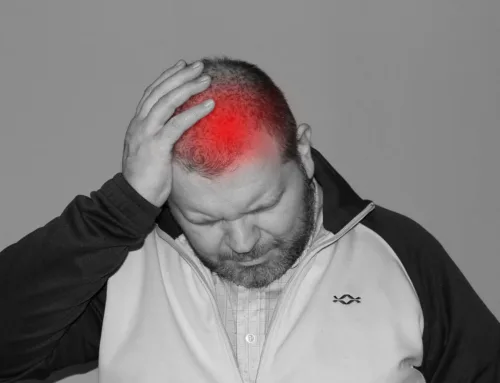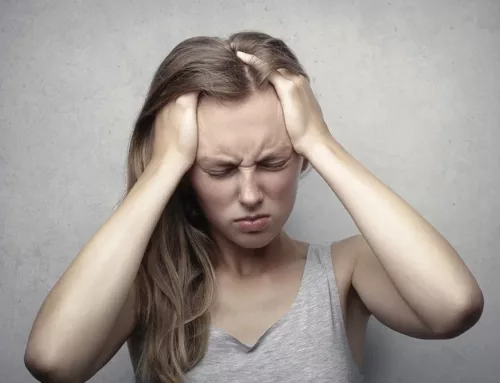Chronic Migraines are a debilitating headache disorder, often causing severe pain that cannot be relieved by medications. In recent years, Botox treatment has been demonstrated as a safe and effective treatment for chronic migraine headaches.
Botox is a medication that contains botulinum toxin type A and works by blocking the transmission of pain signals along the nerve. Essentially, Botox stops the chemicals which create the sensation of pain before they arrive to nerve endings in your head and neck.
If you are considering getting Botox treatment for your chronic migraines, here are some things you should know about this procedure.
-
Botox treatment for migraine is approved for chronic migraines
Health Canada has approved Botox treatment specifically for the use of chronic migraine headaches. That means that to be eligible for this treatment; you should have at least 15 or more headache days per month, with at least 8 of them being migraines and for at least three consecutive months. Botox treatment has not been approved for individuals suffering from occasional (episodic) migraines.
-
You will likely need several cycles of treatment
Studies show that the effects of Botox treatment for migraines are cumulative. Although you find improvement in reduction of frequency and severity of your migraines as quickly as in two weeks, Botox can take months to reach its maximum beneficial effects.
Specifically, scientific research demonstrates that people who received three cycles of Botox treatment for chronic migraines showed continuous improvement in their headache symptoms and quality of life.
-
Botox treatment for migraine is safe and effective
To date, numerous clinical and research studies have shown that Botox is a safe and effective long-term treatment for chronic migraine headaches. For most people who use it, Botox treatment reduces the average number of monthly headache days significantly. Serious side effects for Botox treatment for migraines are rare, with the most common side effects being pain at the injection site.
-
A single Botox treatment for chronic migraine is different for each patient
Typically, your Botox treatment appointment will take about 20 minutes. During the procedure, your doctor will use a very fine needle to deliver tiny amounts of Botox into the targeted area. The number of injections depends on your specific symptoms and migraine severity. Your doctor will develop a treatment plan specific to your needs.
-
After the Botox treatment, most people can continue their day as usual
Botox treatment for migraine is administered at the doctor’s office. After the treatment, your doctor may ask you to lay down and rest for a short period. However, most people are able to continue their day as usual and without any issues following their Botox injection treatment.
It’s important to avoid rubbing or massaging the treated areas during the day after the procedure to avoid spreading the medication to different areas, which would reduce its effectiveness.
Conclusion
Are you looking for Botox treatment for migraines in Ontario? The Headache, Migraine & Concussion (HMC) Centre in Ajax, Ontario, is a non-narcotic pain clinic, specializing in the treatment of chronic migraines, headaches, concussions and chronic pain.
Our team of specialists uses a multidisciplinary approach for migraine treatment, providing individualized treatment based on each patient’s unique needs. At the HMC Centre, we focus on treating your pain’s root cause to help you get back to the things you love the most.
If you suffer from chronic migraine, you may benefit from Botox treatment. To learn more, please contact our staff at 1-800-477-1021 for information about our referral process.













